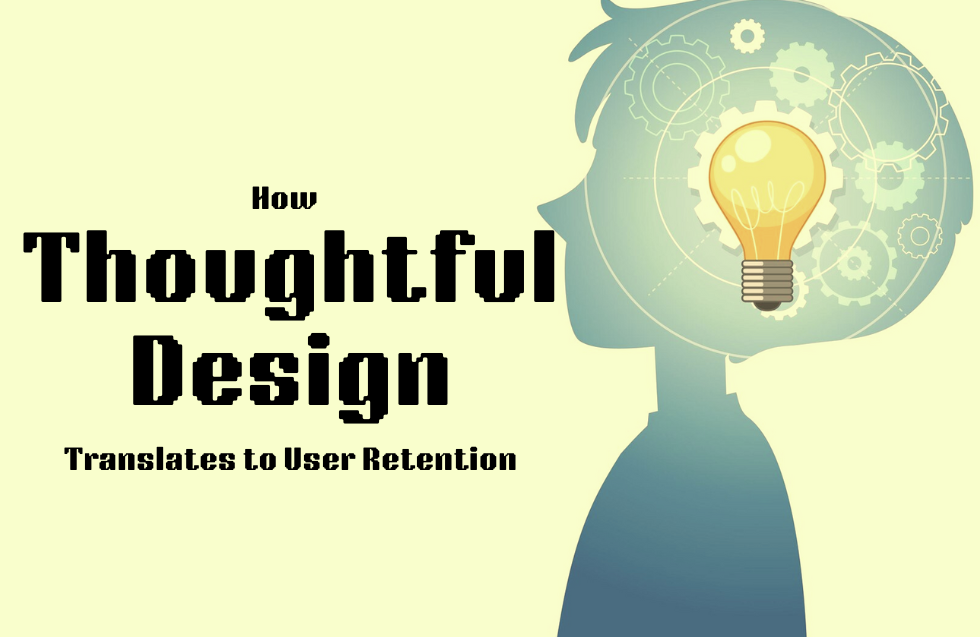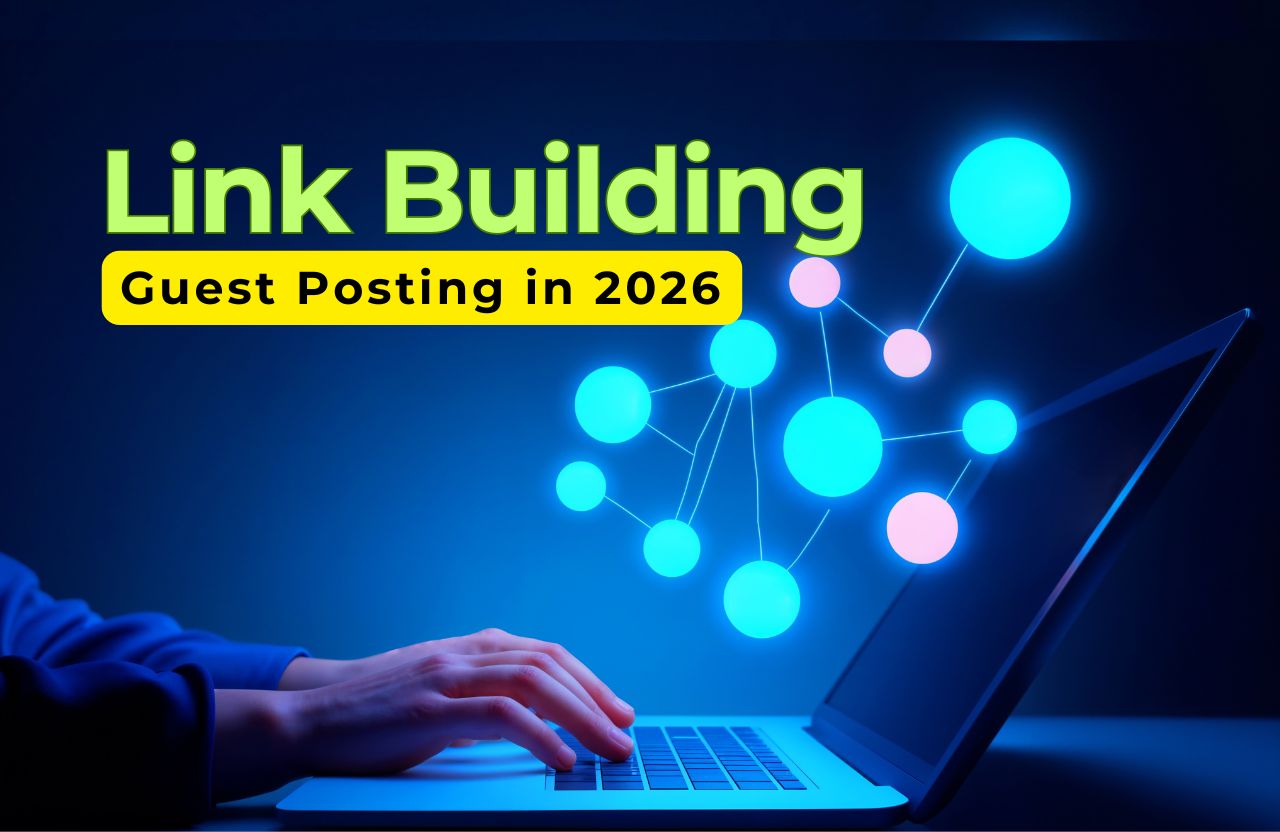In an age where digital competition is fierce and user attention spans are short, design is no longer just about aesthetics—it’s a strategic tool. Companies that prioritize thoughtful design often see the payoff in one crucial area: user retention. A well-designed experience keeps users coming back, fostering loyalty and reducing churn. But what exactly makes a design “thoughtful,” and how does that lead to better retention? Let’s explore.
Understanding Thoughtful Design
Thoughtful design considers the entire user journey. It’s about intentional decisions rooted in empathy, usability, and consistency. It means understanding your audience deeply—their goals, behaviors, challenges, and emotional responses—then shaping the product to fit their needs seamlessly.
It’s not just about looking good. A visually stunning app that’s hard to navigate or a feature-rich tool that overwhelms users can push people away. Thoughtful design balances form and function, aligning visual elements with usability to build intuitive, satisfying experiences. For businesses looking to enhance their online presence, a skilled website designer can create a seamless and engaging user experience that fosters long-term retention.
First Impressions Matter
The first time a user opens your app or visits your website, they’re making judgments in seconds. Does this look trustworthy? Is it easy to use? Does it feel modern or outdated?
A thoughtfully designed onboarding process, for example, can mean the difference between a one-time visitor and a lifelong user. Clear signposts, helpful tooltips, and a sense of progress can make users feel confident and capable right from the start. If your design is clunky, confusing, or unintuitive at this critical stage, users are likely to abandon before they’ve even explored what you have to offer.
Reducing Friction Increases Engagement
Friction in design is any element that creates confusion, delays, or annoyance. Whether it’s an unclear call-to-action, a broken layout, or too many steps to complete a task, friction drives users away.
Thoughtful design reduces friction by guiding users effortlessly toward their goals. This might mean simplifying forms, improving load times, or using familiar icons and gestures. It also includes removing clutter, streamlining navigation, and anticipating user needs.
For instance, an e-commerce site with a streamlined checkout process is far more likely to retain customers than one that forces users through multiple unnecessary steps. Every additional click is a chance for a user to give up.
Consistency Builds Trust
Design consistency helps users feel in control. When users encounter the same visual cues, interactions, and language throughout your product, they build mental models about how it works. This reduces cognitive load and makes the experience more comfortable.
Thoughtful design embraces consistent fonts, colors, spacing, and interaction patterns—not just for style, but for functionality. A consistent experience across all touchpoints (mobile, desktop, emails, support pages) shows professionalism, builds brand identity, and reinforces user confidence. This trust encourages repeat visits.
Emotional Design Encourages Loyalty
Humans respond to design emotionally, even if they don’t always realize it. Colors, spacing, motion, micro-interactions—all of these design elements can spark feelings of delight, calm, curiosity, or frustration.
Emotional design taps into these subconscious reactions to make users feel something—preferably something positive. Think of the satisfying sound when you complete a task in a productivity app or the playful animation when you add something to your cart. These small touches make a product feel more human and less transactional.
By creating positive emotional connections, thoughtful design fosters loyalty. When users enjoy the experience, they’re far more likely to return.
Accessibility Is a Retention Strategy
Many users face barriers that can make digital experiences frustrating or even impossible. A thoughtfully designed product considers accessibility from the start, not as an afterthought. This means using readable fonts, ensuring color contrast, enabling keyboard navigation, adding alt text to images, and supporting screen readers.
Inclusive design expands your user base, but more importantly, it shows that you care. When users of all abilities can access your product with ease, they feel seen, respected, and valued—sentiments that lead to long-term engagement.
Feedback Loops Create a Dialogue
Thoughtful design doesn’t stop once your product is live. It involves listening to users, analyzing behavior, and making improvements. Feedback loops—through in-app surveys, user testing, or usage data—help you understand what’s working and what’s not.
More importantly, design that evolves based on feedback demonstrates responsiveness. It tells users you’re invested in their experience, and that their voice matters. This dialog strengthens the relationship between brand and user, increasing the likelihood they’ll stick around.
The ROI of Good Design
Investing in design isn’t just about making things pretty—it’s a business strategy. Companies like Apple, Airbnb, and Spotify didn’t become household names by accident. Their success is grounded in a relentless focus on thoughtful, user-centered design.
Good design reduces support costs, increases conversions, and lowers churn rates. In fact, a 2020 McKinsey report showed that companies with a strong design focus outperformed industry benchmarks by up to two to one in revenue growth.
When users find your product intuitive, helpful, and enjoyable, they don’t just use it—they advocate for it. That’s the kind of retention that fuels sustainable growth.
Final Thoughts
Thoughtful design isn’t optional—it’s essential. In a world flooded with digital options, users gravitate toward experiences that feel right. Those that meet their needs, anticipate their next move, and make them feel good. Design that achieves this kind of connection isn’t just retaining users—it’s building relationships.
If you want people to stay, come back, and tell others, start with design that shows you care.












